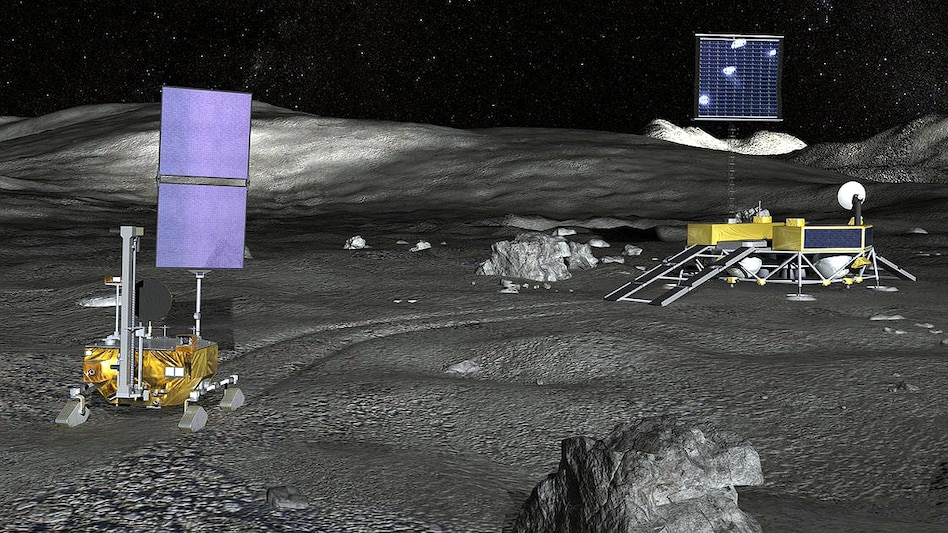SOURCE: AFI

Building upon the success of Chandrayaan-3, the Indian Space Research Organisation (ISRO) is setting its sights on a more ambitious lunar mission: Chandrayaan-4. This mission, unlike its predecessor, will be a two-part endeavor aiming to not only land on the Moon but also retrieve and return lunar rocks and soil (lunar regolith) to Earth.
Chandrayaan-4 will involve five distinct spacecraft modules, each playing a crucial role:
- Propulsion Module: Similar to Chandrayaan-3, this module will guide the spacecraft towards lunar orbit before separating.
- Descender Module: This module will carry out the lunar landing, much like the Vikram lander in Chandrayaan-3.
- Ascender Module: After collecting and storing lunar samples, this module will detach from the lander and initiate its return journey to Earth.
- Transfer Module: This module will rendezvous with the ascender module in lunar orbit, capture it, and begin the journey back towards Earth. It will then release the re-entry capsule containing the lunar samples before returning to Earth itself.
- Re-entry Module: This crucial capsule will house the collected lunar regolith and endure the fiery re-entry into Earth’s atmosphere, ultimately landing safely on Earth.
To accomplish this complex mission, ISRO will utilize a two-phased launch approach. The first launch, using India’s heavy-lift launch vehicle LVM-3, will carry the first three modules: the propulsion module, the descender module, and the ascender module. The remaining two modules, the transfer module and the re-entry module, will be launched separately at a later date.
The Chandrayaan-4 mission signifies a significant leap forward for Indian space exploration. If successful, it will make India only the fourth nation in the world to successfully return lunar samples, following the United States, the Soviet Union, and China. This achievement will not only solidify India’s position as a major player in the global space race but also provide invaluable scientific insights into the Moon’s composition and history.